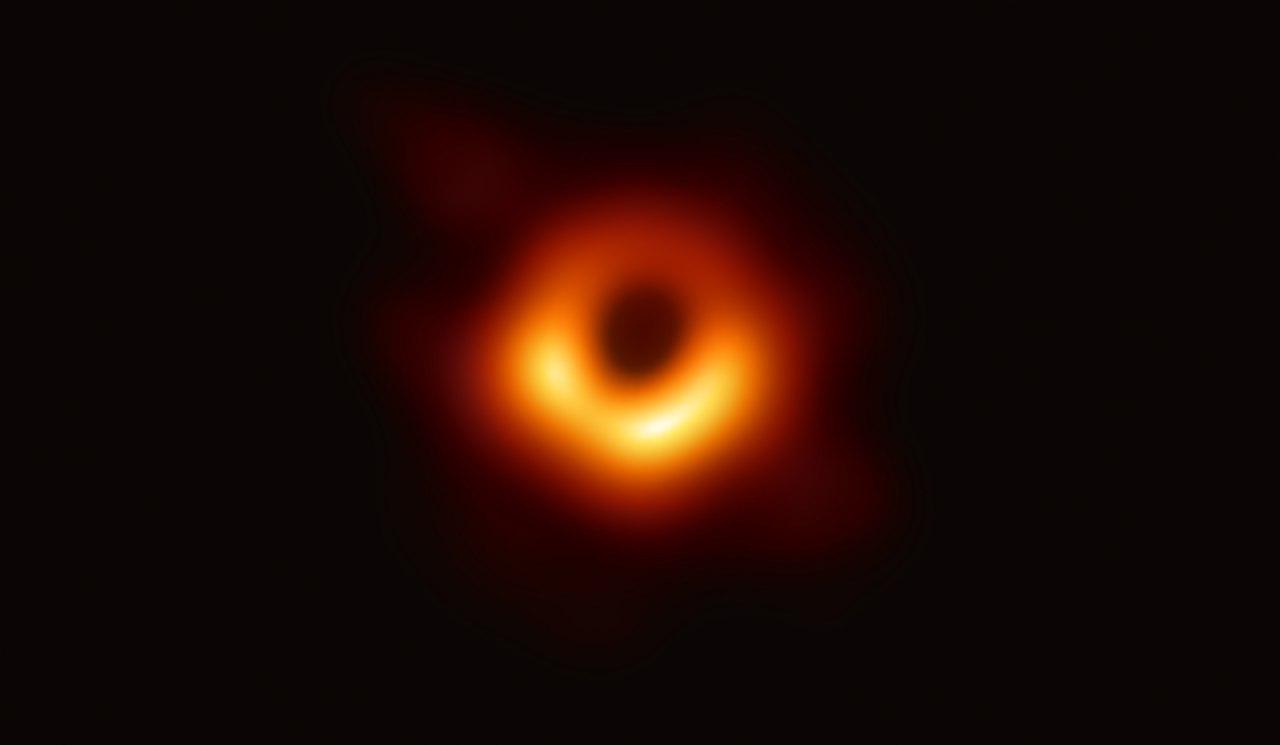Dive In
The other side of the Black Hole

NASA instruments have painted a new picture of the black holes, which are considered the most fascinating objects in space. For decades, astronomical theorists have told us that a black hole’s powerful gravity would warp the space around it. Black holes are volumes of space where gravity is extreme enough to prevent the escape of even the fastest moving particles.
Black holes were predicted by Einstein’s theory of general relativity, which showed that when a massive star dies, it leaves behind it a small dense remnant core. If the core’s mass is more than about three times the mass of the Sun, the force of gravity overwhelms all other forces and produces a black hole. Scientists cannot directly observe black holes with a telescope because of their small size and the fact that they emit no light and emit X-rays’ radiation. They can be observed by the effects of their enormous gravitational fields on nearby matter.
A black hole can be formed by the death of a massive star. When such a star has exhausted the internal thermonuclear fuels in its core at the end of its life, the core becomes unstable and gravitationally collapses inward upon itself, and the star’s outer layers are blown away. Only the most massive stars, which are more than three solar masses, become black holes at the end of their lives. Stars with a smaller amount of mass become less compressed bodies, either white dwarfs or neutron stars.
There are four types of black holes: stellar, intermediate, supermassive, and miniature. The most commonly known type of black holes is stellar death. NASA released a new visualization of a black hole generated by an astrophysicist called Jeremy Schnittman, using custom software at NASA’s Goddard Space Flight Center in Greenbelt, Maryland.
In this visualization, the flow of material around a black hole appears as if you could see the hole up-close but not too close, and from the side. Black holes are black because no light can escape them. All the things in the area surrounding the hole because of the hole’s powerful gravity that warps its surroundings, hence distorting our view. NASA describes the view by saying that it is “as if seen in a carnival mirror”.



